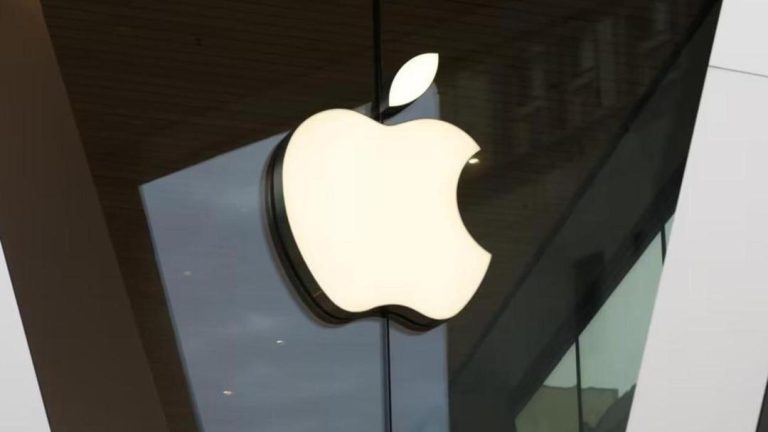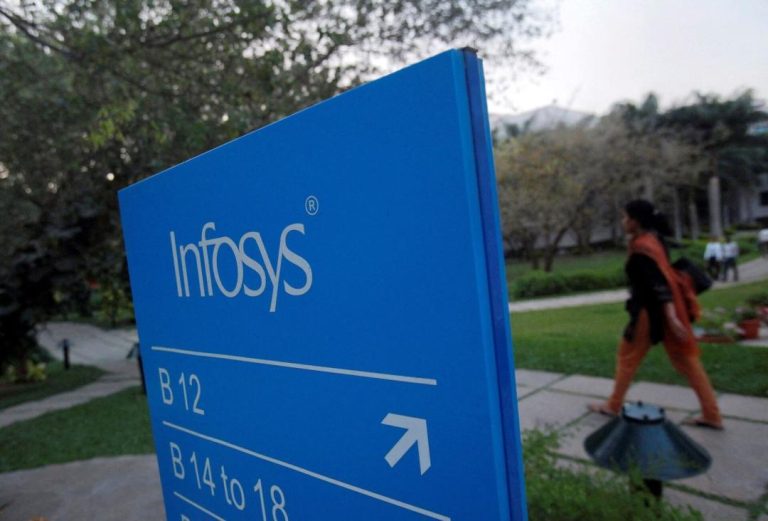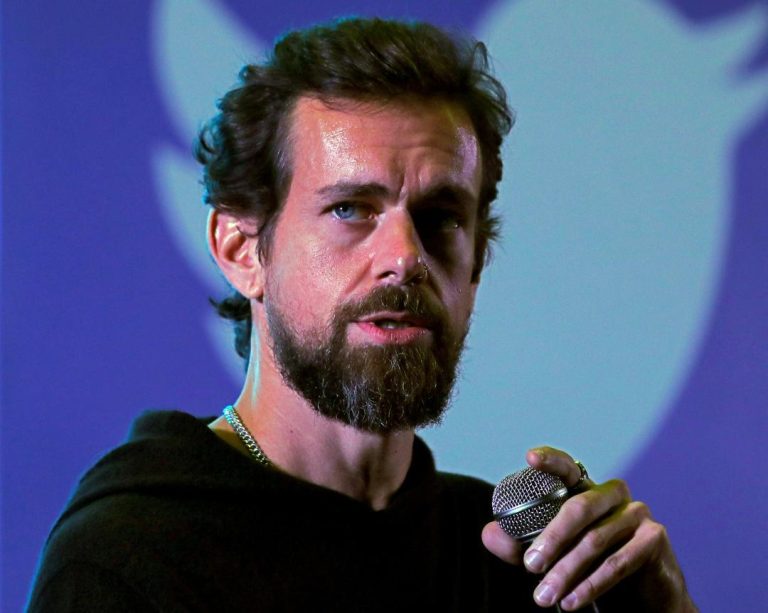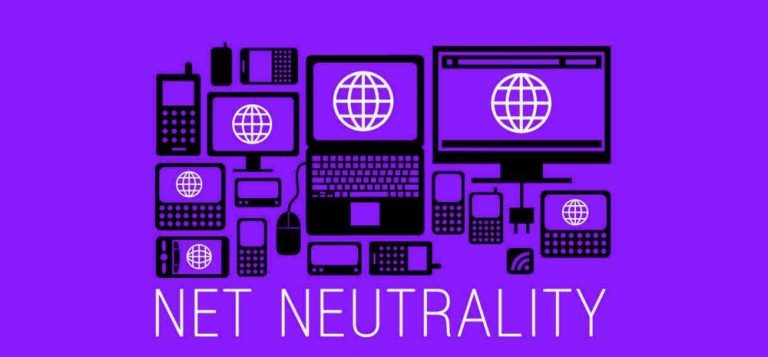
Insta Grabs Attention Fast; FB Builds Lasting Community & Loyalty
In the world of social media, two platforms dominate the landscape: Instagram and Facebook. Both have their unique strengths, and understanding these differences is crucial for businesses looking to build brand recall and loyalty. While Instagram excels at grabbing attention quickly, Facebook excels at fostering lasting community and loyalty. In this post, we’ll explore the differences between these two platforms and how businesses can leverage them to achieve their goals.
The Fleeting Nature of Instagram
Instagram is a visually-driven platform, designed to capture attention quickly. With its feed-based algorithm, users are presented with a curated selection of posts from the accounts they follow. Each post is a fleeting moment, a snapshot of a brand’s product, service, or message. The goal is to grab attention, spark interest, and encourage engagement – all within a matter of seconds.
This fleeting nature of Instagram is both a blessing and a curse. On the one hand, it allows businesses to quickly reach a large audience and create buzz around a new product or promotion. On the other hand, the attention span is short, and users may quickly lose interest or forget about the brand.
The Stickiness of Facebook
Facebook, on the other hand, is a more conversational platform. With its focus on dialogue and community building, Facebook fosters a sense of stickiness around brands. Users can engage with posts, comment, share, and like, creating a lasting impression. This stickiness is crucial for building brand loyalty and recall.
Facebook’s algorithm prioritizes posts that spark conversation and engagement, allowing businesses to create a sense of community around their brand. This, in turn, encourages users to return to the platform, fostering a sense of loyalty and belonging.
The Importance of Both
So, how can businesses take advantage of both the fleeting nature of Instagram and the stickiness of Facebook? The answer lies in understanding the unique strengths of each platform and leveraging them accordingly.
Instagram:
- Use Instagram’s visual storytelling capabilities to grab attention quickly.
- Share high-quality, engaging content that sparks interest and encourages engagement.
- Utilize Instagram Stories and Reels to create a sense of urgency and encourage users to take action.
- Leverage Instagram’s shopping features to drive sales and conversions.
Facebook:
- Focus on building a community around your brand by encouraging dialogue and engagement.
- Share longer-form content, such as videos or blog posts, to spark conversation and debate.
- Utilize Facebook Groups to create a sense of belonging and encourage user-generated content.
- Leverage Facebook’s advertising capabilities to target specific audiences and drive conversions.
The Key to Success:
The key to success lies in understanding that both platforms are essential for building brand recall and loyalty. By leveraging Instagram’s immediacy and Facebook’s stickiness, businesses can create a well-rounded social media strategy that drives results.
Conclusion:
In conclusion, Instagram and Facebook are two vastly different platforms, each with its unique strengths and weaknesses. While Instagram excels at grabbing attention quickly, Facebook excels at fostering lasting community and loyalty. By understanding these differences and leveraging the strengths of each platform, businesses can create a social media strategy that drives results and builds brand recall and loyalty.
Source:
https://www.growthjockey.com/blogs/instagram-vs-facebook-user-preferences-and-engagement






